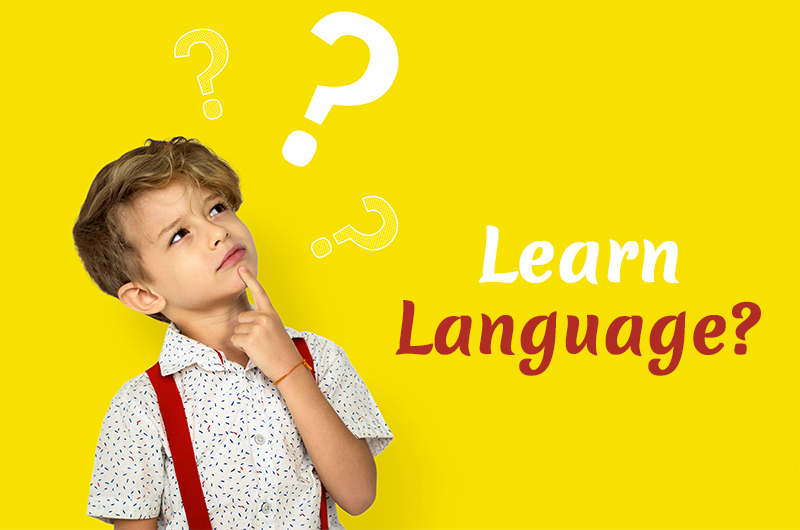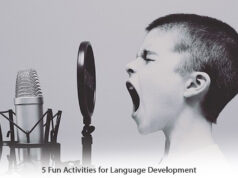Language is a crucial part of every child’s development. It helps them communicate their needs and connect with the world around them. You may have noticed that children have more difficulty picking up new languages than adults. This is because they seem to be able to soak up new vocabulary and grammar rules like a sponge, while we adults often Struggle to learn a second language. But how do children learn languages? And what can parents do to help them along the way? Here’s everything you need to know about how children learn languages. With this knowledge, you can help your child on their journey to becoming bilingual.
So let’s get started!
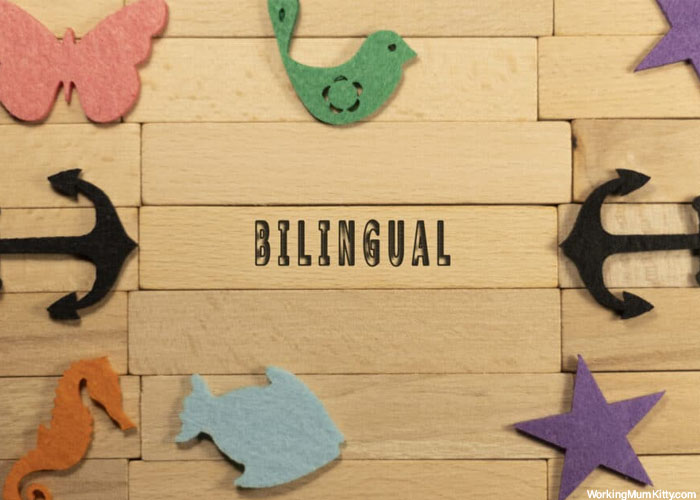
Children Don’t Realize They’re Learning
Children are usually better at learning languages than adults because they haven’t yet developed what linguists call “language anxiety.” This is the feeling of nervousness or anxiety that some people feel when speaking a foreign language. Adults with this feeling often worry about making mistakes and sounding foolish, making it harder for them to relax and pick up the new language. Conversely, children don’t worry about making mistakes—they’re more likely to go for it and try their best. This willingness to experiment and take risks is one of the things that makes children such great language learners.
Another reason children are usually better at learning languages than adults is that they don’t even realize they’re learning. Adults often approach learning a new language as a chore, something they must study and work at. But for children, acquiring a new language is simply part of everyday life. They’re not consciously trying to learn the language; they’re just absorbing it through their daily experiences.
This natural approach to language learning can be seen in how children acquire their first language. No one sits down and teaches a baby how to speak; they pick it up through exposure to the language. In the same way, children exposed to a second language will naturally start picking it up without any need for formal instruction.
Of course, this doesn’t mean that parents shouldn’t help their children learn a second language. However, children who are actively exposed to a second language through things like conversation, books, and movies, will know it more quickly and efficiently than those who aren’t.
Finally, research has shown that young children’s brains are wired differently than adults when learning languages. A child’s brain is more flexible and open to change than an adult brain, which means they can physically learn a new language much more quickly than we can. So next time you hear your child speaking in a foreign language fast, remember that it’s not just because they’re smart—they also have a fantastic ability to learn new things.
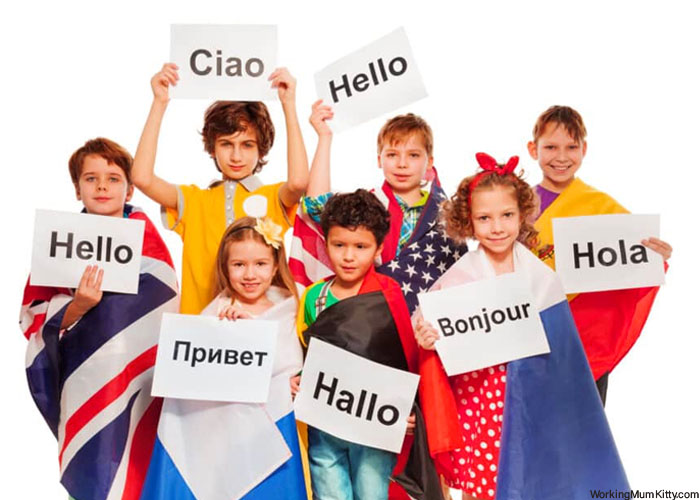
The Importance of Language Learning for Children
It’s no secret that knowing more than one language has its benefits. Being bilingual or multilingual can lead to higher earnings, improved cognitive skills, and even a longer lifespan for adults. But did you know that these benefits extend to children as well? Studies have shown that exposing kids to multiple languages early can impact their academic and social development. Here are just a few advantages of early language learning for children.
Children learn languages differently than adults. They’re more receptive to new sounds and grammar rules and can naturally imitate the speech they hear around them.
Improved Brain Development
Learning a second language forces the brain to work in new ways, improving cognitive skills in both languages. Research has shown that bilingualism can help delay the onset of dementia and Alzheimer’s disease.
Higher Test Scores
Children exposed to multiple languages tend to perform better academically than their monolingual peers. For example, a study of over 200,000 students in the United States found that proficient students in more than one language outperformed their monolingual counterparts on standardized tests.
Enhanced Social Skills
Kids who know more than one language often have an easier time making friends and adapting to new social situations. That’s because they communicate with people from different backgrounds and cultures. As a result, they tend to be more open-minded and tolerant of others’ differences.
There are plenty of reasons to encourage your child to learn a second (or third!) language at an early age. Not only will it give them a leg up academically, but it will also help them develop essential social skills. So don’t wait—start exposing your little ones to different languages today!
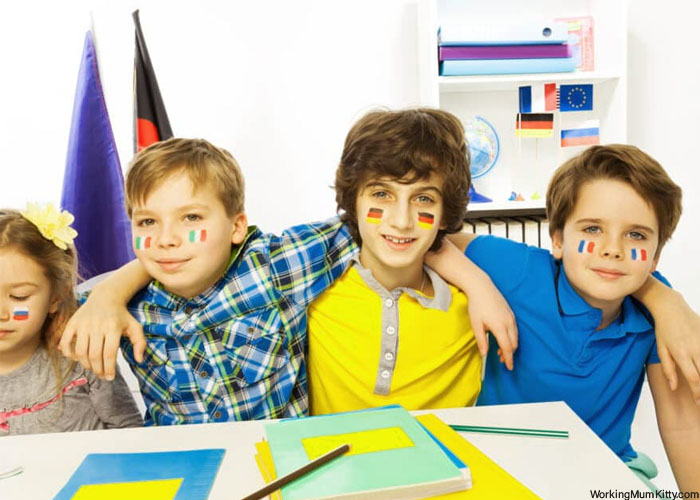
Okay, But How Do Children Learn Languages?
As we’ve seen, children have a natural ability to learn languages. But how exactly do they do it?
It seems like such a simple process, but the reality is that it’s pretty complicated. Language learning is a complex process that begins in the womb and continues throughout a person’s lifetime. So let’s take a closer look at how children learn languages.
The truth is, no one knows how children learn languages. It’s one of the great mysteries of the human brain. However, some theories try to explain the process. The most widely accepted theory is the Monitor Theory, proposed by linguist Noam Chomsky. According to this theory, children have an innate ability to acquire language. This ability is controlled by a “monitor,” which checks what they say against the grammar rules. The monitor only allows correct sentences to be spoken or written.
In addition to the Monitor Theory, several other theories attempt to explain how children learn languages. One of these is the Input Theory, proposed by linguist Steven Pinker. This theory states that children need to be exposed to a language to learn it. They need to hear people speaking the language for their brains to start mapping out the rules of grammar. Pinker likens this process to learning how to play chess; you need to see people playing chess for your brain to understand the game’s rules.
Another theory is called the Social Interaction Theory, which psychologist Lev Vygotsky proposed. This theory states that children learn language through social interaction with others. They imitate what they hear and then modify their speech as they get feedback from others. For example, if a child says, “I went outside,” they will be corrected and told that the correct way to say it is “I went outside.” Over time, they will internalize the proper grammar and use it themselves.
So how do children learn languages? Unfortunately, the answer is that we don’t know for sure. How children learn languages remains one of the great mysteries of the human brain.
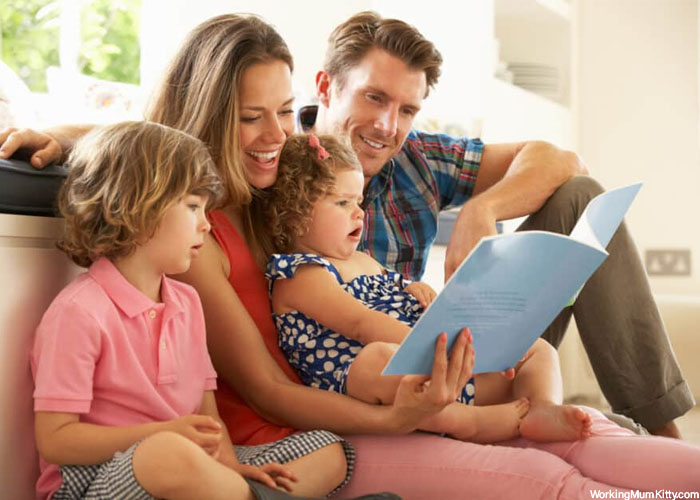
How Can Parents Help Their Children Learn a Language?
There are many ways that parents can help their children learn a language. Here are some things you can do to support your child’s language learning:
Start Early
The earlier you start exposing your child to a second language, the better. Studies have shown that babies and toddlers have an easier time picking up a second language than older kids or adults. So don’t wait—start introducing your child to a new language today.
Provide Opportunities For Exposure
Make sure your child is exposed to the language as often as possible. If you’re raising your child bilingual, this means speaking the language yourself and telling them to other speakers.
If you’re not a native speaker, you can still provide exposure by speaking the language at home, listening to music, watching movies, and reading books in the language.
Be Consistent
It’s essential to be consistent when teaching your child a new language. Try to create opportunities for your child to hear and use the new language daily. The more consistent you are, the more likely your child is to pick up the language.
Make It Fun
Learning a new language should be fun, not stressful! There are lots of great resources out there that make learning a new language enjoyable for kids. There are also lots of apps and games that can help your child practice their new skills in a fun and engaging way.
Use Resources From Your Community
If you’re lucky enough to live in a community with people who speak the language you’re trying to learn, take advantage of that resource! You can ask friends or neighbors to help teach your child the language basics or even sign them up for classes at a local community center or school.
Travel If You Can
Travel is one of the best ways to immerse yourself in a new culture and learn a new language. If possible, plan a trip where your family can spend extended time in a place where the target language is spoken. This will give your child plenty of chances to practice their skills and gain confidence in using the new language.
Be Patient
Learning a new language takes time and effort—but it’s worth it! The rewards of being bilingual are numerous, so stick with it and be patient with your child (and yourself!) as you all navigate this exciting journey together.
Conclusion
The importance of language learning for children cannot be understated. It is a critical skill that will benefit them throughout their lives. There are many ways that parents can help their children learn languages, including starting early, providing opportunities for exposure, being consistent, and making it fun. With a little effort and patience, your child will be on their way to becoming a bilingual speaker in no time!
Want to learn more about teaching your kids a second language, consider these:
5 Fun Activities for Language Development in Kids
5 Steps to teach your Kids a Second Language

